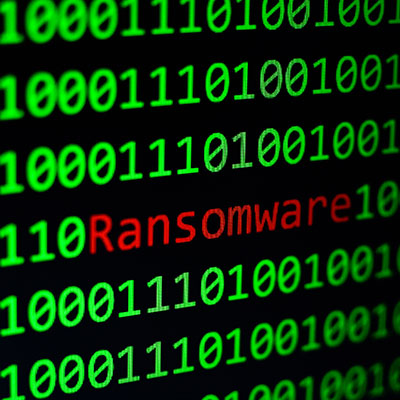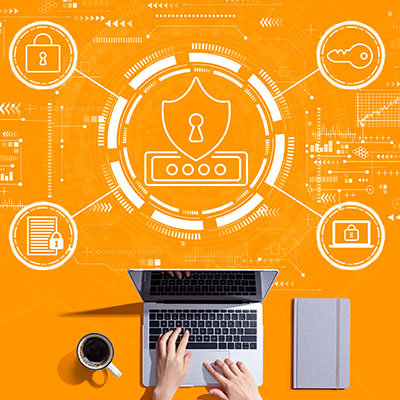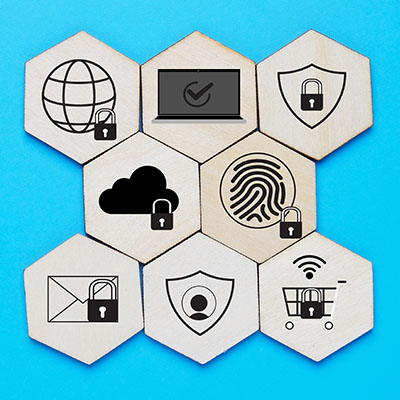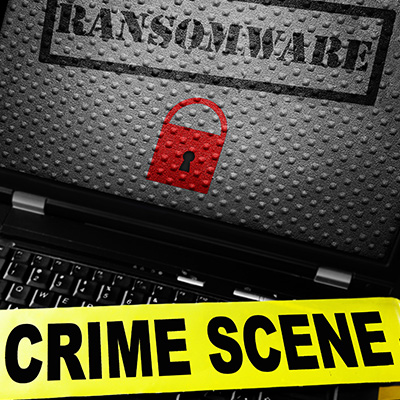Phishing attacks are the most common attack vector used by hackers, and while it helps to know what a phishing attack looks like, it’s also good to know what they don’t look like. The latest example of a phishing attack takes this to an extreme, utilizing blank messages to confuse recipients in a creative take on phishing attacks.
If you have never imagined your business in the crosshairs of enemy hackers, you could be in for a rude awakening. Unauthorized access to important business data could be enough to bring your business’ operations grinding to a halt, among other consequences. You need to focus your efforts on security, including protecting your infrastructure and ensuring its redundancy through data backup systems.
Ransomware is perhaps the nastiest threat you can encounter, and the unprepared business could potentially be crippled beyond repair if it suffers from an attack like this. We’re here to demystify the inner machinations of a ransomware attack so you know better how to respond to it.
Many web browsers, like Google Chrome, have features that allow for convenient password-keeping, but at the cost of considerable cybersecurity risks. We recommend that all businesses utilize a password management tool, but preferably not one that is built into a web browser. Why? We’re glad you asked!
Ransomware is a serious issue for businesses. How serious? Think “$265 billion in costs by 2031” serious. In light of this, every organization needs to do everything possible to avoid falling victim to ransomware. Let’s touch on a few practices that will help.
Cyberattacks are a major issue for everyone and especially for businesses. In fact, if you don’t have a solid handle on the actions you take, your IT may be more exposed than you think. We thought we would go through a few really simple actions you can take to enhance your security posture.
As time goes on, businesses are doing more and more to protect their digital assets from theft and corruption. Whether that is deploying tools, providing training, or getting the support you need to successfully secure your business from the myriad of threats coming your way, you need to be deliberate about the way you go about deploying your security resources. Today, we want to touch on security training and the role it plays in your cybersecurity.
Phishing attacks are one of the most common security threats to your business, not only because they are effective, but because they can be utilized in many different ways. You can become the victim of a phishing attack through email, instant message, phone, or even your voicemail. These “phoicemail” attacks are quite crafty in their approach, and you should be wary of them.
Regulations and compliance standards are in place for effectively every industry to uphold, many of which address cybersecurity in some way or another. Let’s talk for a moment about why compliance to these standards is of the utmost importance for your organization.
At the end of January, the Federal Bureau of Investigation went public with an announcement that they had taken down the servers and Dark Web sites utilized by the Hive ransomware gang. This is a major victory, in terms of fighting cybercrime, but a certain statistic from this operation shows a somewhat disconcerting trend.










